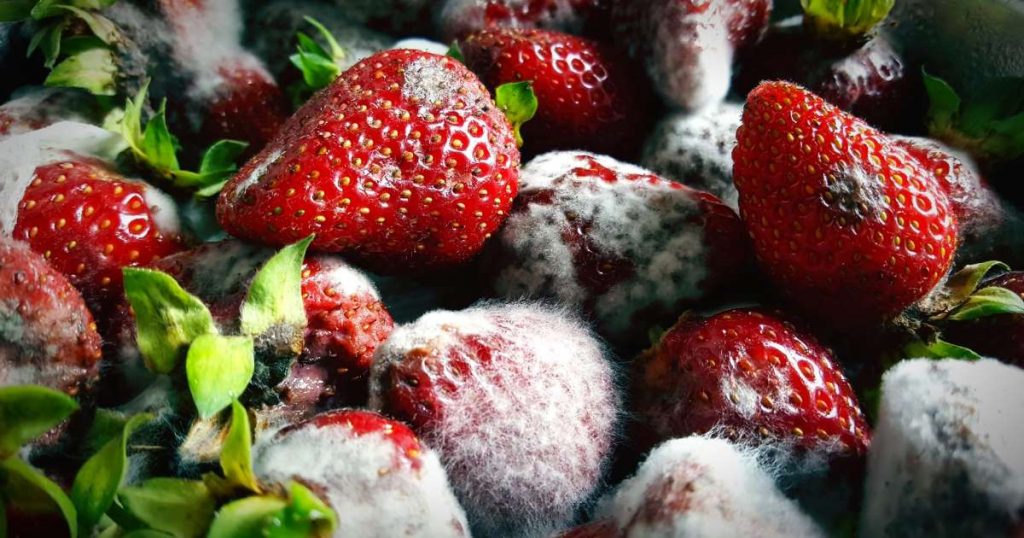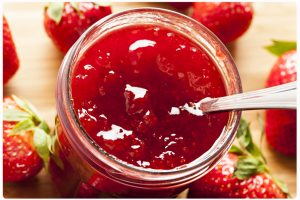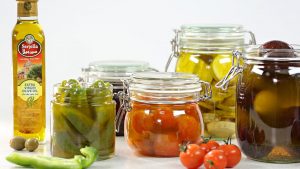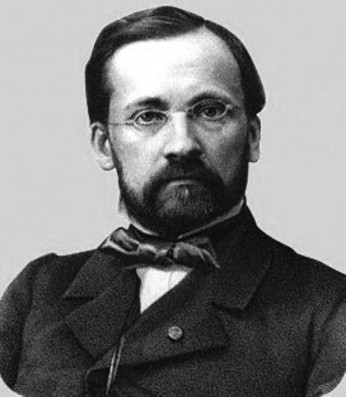Class 8 Microorganisms : Friend and Foe Notes
NotesMicroorganisms : Friend and Foe Notes
Microorganisms/Microbes:-
The living organisms which cannot be seen by the naked eyes but are only seen under the microscope are called microorganisms or microbes.
- The study of microorganisms is known as microbiology.
Types of microorganisms:-

- Bacteria:- Staphylococcus, Lactobacillus.
- Fungi:- Bread mould, Yeast.
- Protozoans:- Paramoecium, Amoeba, Euglena.
- Algae:- Chlamydomonas, Spirogyra.
➣ Viruses are also microscopic. They, however, reproduce only inside the cells of the host organism, which may be a bacterium, plant or animal. Without the cells of the host, they are not able to reproduce and multiply. So, they are considered as the boundary of living and non-living.
➣ Microorganisms may be single-celled like bacteria, some algae and protozoa, or multicellular, such as algae and fungi.
Uses of microorganisms:-
- Microorganisms are vastly used for baking purpose.Ex:- yeast is used for making cake, pastries or bread.
- Bacteria are involved in the making of cheese, pickles and many other food items. Ex:- Lactobacillus bacterium helps in the formation of curd.
- Yeast helps in the production of alcohol, wine and vinegar (acetic acid) by the process of fermentation.
- Microorganisms like fungi and bacteria are used to produce medicines called antibiotics. Some examples of antibiotics are penicillin, streptomycin, tetracycline and erythromycin.
- Microorganisms are used to make vaccines which help our body to produce antibodies to protect from-disease causing microbes.
Several diseases, including cholera, tuberculosis, smallpox and hepatitis can be prevented by vaccination. - Microorganisms help to keep the environment clean by decomposing and converting the biodegradable wastes into manure.
- Microorganisms are used in the treatment of sewage.
- Some bacteria like rhizobium and blue green algae increase the fertility of soil by fixing nitrogen. So, they are called biological nitrogen fixers.
Fermentation:- The process of conversion of sugar into alcohol with the help of yeast is known as fermentation.
Antibiotics:- These are the medicines which kill or stop the growth of the disease-causing microorganisms.
Ex:- Penicillin, streptomycin, tetracycline and erythromycin.
Antibodies:- When a diseases-carrying microbe enters our body, the body produce antibodies.
Immunity:- If any microorganism enters the body again, it gets recognized and destroyed much faster. This is called immunity.
Harmful effects of microorganisms:-
- Some diseases in living being are caused by microorganisms. These harmful microbes are known as pathogens.
- Some microorganisms make the food poisonous causing serious illness and even death.
- Some microorganisms spoil clothing and leather.

Some common human diseases caused by microorganisms:-
| Causative Microorganism | Human Diseases | Mode of Transmission | Preventing measures |
| Bacteria Virus Virus Virus | Tuberculosis Measles Chicken pox Polio | Air Air Air/Contact Air/Water | i. Keep the patient in complete isolation. ii. Vaccination to be given at suitable age. |
| Bacteria Bacteria | Cholera Typhoid | Water/Food Water | i. Maintain personal hygiene and good sanitary habits. ii. Consume properly cooked food |
| Virus | Hepatitis A | Water | i. Drink boiled drinking water. ii. Take proper Vaccination. |
| Protozoa | Malaria | Mosquito | i. Use mosquito net and repellents. ii. Spray insecticides. iii. Clean stagnant Water. |
Some common plant diseases caused by microorganisms:-
| Microorganism | Plant Diseases | Mode Of Transmission |
| Bacteria | Citrus canker | Air |
| Fungi | Rust of wheat | Air/Seeds |
| Virus | Yellow vein mosaic of okra | Insects |
Pathogens:- The disease-causing-microorganisms are called pathogens.
Communicable diseases:- The diseases that can spread from an infected person to healthy person through air, water, food, insects, animals or physical contact are called communicable diseases.
Ex:- Cholera, common cold, chicken pox and tuberculosis.
- Anopheles mosquito carries the parasite of malaria.
- Female Aedes mosquito carries dengue virus.
Pasteurization:- The process in which milk is heated to about 70°C for 15 to 30 seconds and then suddenly chilled and stored to prevent the growth of microbes is called pasteurization.
Food Preservation:-
Preservation by chemical method:-
Preservatives:- The common chemicals like salts and edible oils which are generally used to check the growth of microorganisms are called preservatives.
- Salt like sodium benzoate and sodium metabisulphite or acid preservative is added to pickles, jams and squashes to prevent the attack of microbes.
Preservation by common salt:-
- Meat and Fish are covered with dry salt to check the growth of bacteria.
- Salting is generally used at house to preserve pickles because salt removes water, dry condition is not good for the growth of microbes.
- It is also used to preserve amla, tamarind and raw mangoes.
Preservation by sugar:-

- Sugar is used as preservative in jams, jellies and squashes.
- Sugar reduce the moisture content which inhibits the growth of bacteria which spoil food.
Preservation by oil and vinegar:-

- Some food are like pickles are preserved by adding either oil or vinegar to them.
Uses of hot and cold treatment:-

- Heating of food kills many microbes.
- Refrigerating food at low temperature restricts the growth of microbes.
- Pasteurization is a process in which milk is heated to about 70°C for 15 to 30 seconds and then suddenly chilled and stored. By doing so, it prevents the growth of microbes.
Use of sealed air tight packets:-

- Dry fruits and even vegetables and many other edible items are sold in sealed air- tight packets because it prevent the attack of microbes.
Some important discoveries in this field:-

- Louis Pasteur discovered fermentation in 1857. He also discovered the process of pasteurization.
- Alexander Fleming prepared penicillin by the help of green mould in 1929.
- Edward Jenner discovered the vaccine for small pox in 1798.
- Robert Koch discovered bacterium (Bacillus Anthracis ) which cause anthrax disease.



Comments